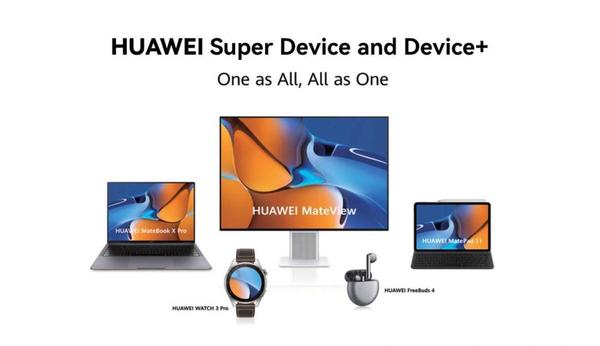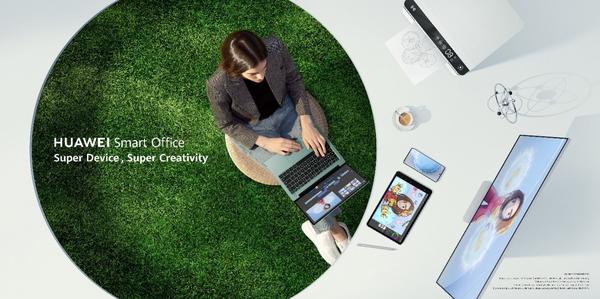
What is Huawei Super Device?
At MWC 2022 Huawei announced a new feature that will seamlessly connect Huawei devices for a more fluid experience.
Huawei has announced a collaborative ecosystem that will allow users to create a smart office Super Device system for most Huawei devices, including laptops, PCs, tablets, smartwatches and smartphones.
The system is not a completely new development for the company, although the new features that have been added have made the overall system more fluid and accessible for users. For more information on what Super Device is and how it works, keep reading.
What is Super Device?
Super Device as a term covers a wide range of connectivity features, with a focus on Smart Office. Super Device also covers easy travel, health and fitness as well as entertainment, with the overall aim of creating a better-connected system for users between their devices.
The overall aim is for users to connect all their Huawei devices into one ‘singular experience’ that will allow users to essentially use any device for any task, meaning that you can play a phone app on your PC or work on your tablet screen while connected to a laptop.

When will it launch?
Super Device is currently available, but users will need PC Manager 12.0 or later. Users can access Super Device after logging into the same Huawei ID across their devices.
What devices does it work on?
Super Device will be supported on most Huawei devices, with PCs and laptops being the most well connected.
Check out the list of just a few laptops and PCs that support Super Device:
What does Super Device do?
Users that own a Huawei laptop or PC will be able to use those machines as a hub to create a professional work environment, with the ability to share resources between devices easily, with smartphones and smartwatches having the ability to quickly pair up with earbuds and other accessories.
You can connect devices easily by a simple drag and drop, with tablets and laptops having three options: Mirror, Extend and Collaborate.
Mirror, as the name suggests, will mirror the computer screen onto the tablet, with the ability to still use the tablet’s stylus, while Extend will allow you to use the tablet as a second screen. Collaborate makes it easier to drag and drop files between devices, so users can seamlessly transfer various files without the need for wires or third-party services.
Looking at the picture above, the Huawei MateBook 14s has been connected to a Huawei tablet, with the ability to draw with the stylus on the tablet while still working on the laptop, allowing for users to get more out of their creative devices.
Samsung also offers up the Galaxy ecosystem, with one feature allowing users to connect Galaxy tablet cover keyboards to also connect to Galaxy smartphones for improved productivity. Neither Galaxy nor Apple has the same drag and drop ability, which makes it easy to immediately connect or disconnect devices as needed.
PC users will also be able to access content from Huawei’s AppGallery for an improved PC app ecosystem, again aiming for a singular experience where you can access mobile apps on a PC or tablet.
Some of the compatible apps will be able to run on Windows using the HuaweiMobile App Engine, which should open the doors even more for a connected system.
}})